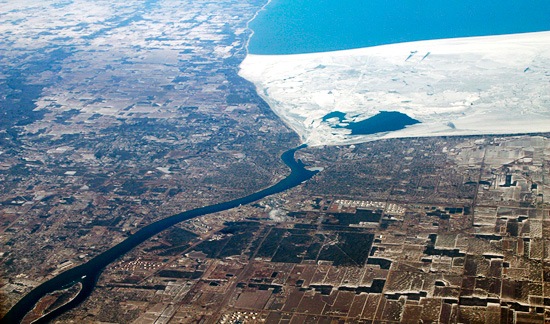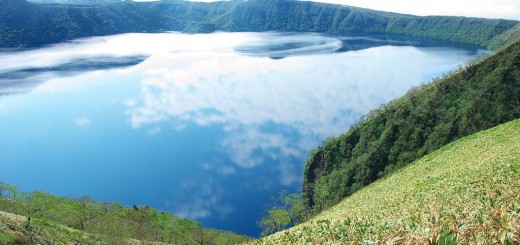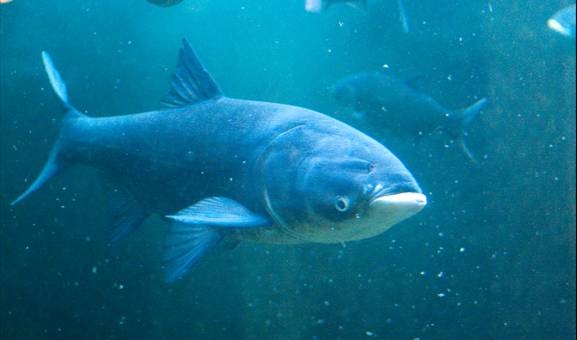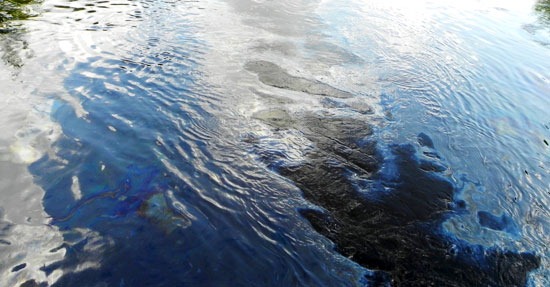Right Conditions Needed for Frozen Lake Michigan Lighthouses
0
Lighthouse at South Haven, Mich. Feb. 5, 2011. (Credit: Anne Hornyak via Creative Commons)
Frozen lighthouses near Lake Michigan are getting a lot of buzz lately. On sites like Twitter and Facebook, photos of lighthouses at St. Joseph and South Haven have gone viral. But it’s now clear that many of the photos weren’t taken during the recent polar vortex that swept parts of the U.S. And meteorologists say more than just extreme cold is needed to turn the structures into ice palaces.
In a talk with mlive.com, T.J. Turnage, a meteorologist with the National Weather Service, lays out the right mix of conditions.
First, the temperature of water in Lake Michigan needs to be lower than 40 degrees Fahrenheit. This is joined with big waves, around four feet high, that rely on high wind speeds – around 20 knots – to blow them onshore.

Ice cover on Lake Superior and Lake Michigan. Jan. 9, 2014. (Credit: National/Naval Ice Center)
Air temperature plays a role, as colder air means less wind is needed to create heavy freezing spray. While water helps moderate air temperatures, those seen over Lake Michigan in recent days were quite low.
Beyond lake temperature, wave height and wind speed, it simply takes a lot of time for ice to build up around lighthouses. Hours or days of freezing spray conditions are needed for accumulation on the level seen in the viral photos.
The recent cold snap saw temperatures low enough to cool the lake’s water. And wind speeds were gusting at 30 mph. But since Lake Michigan had begun to freeze over long before the polar vortex, Turnage says there wasn’t enough open water. Much of the ice cover had solidified near shore and kept the freezing spray at a distance.













